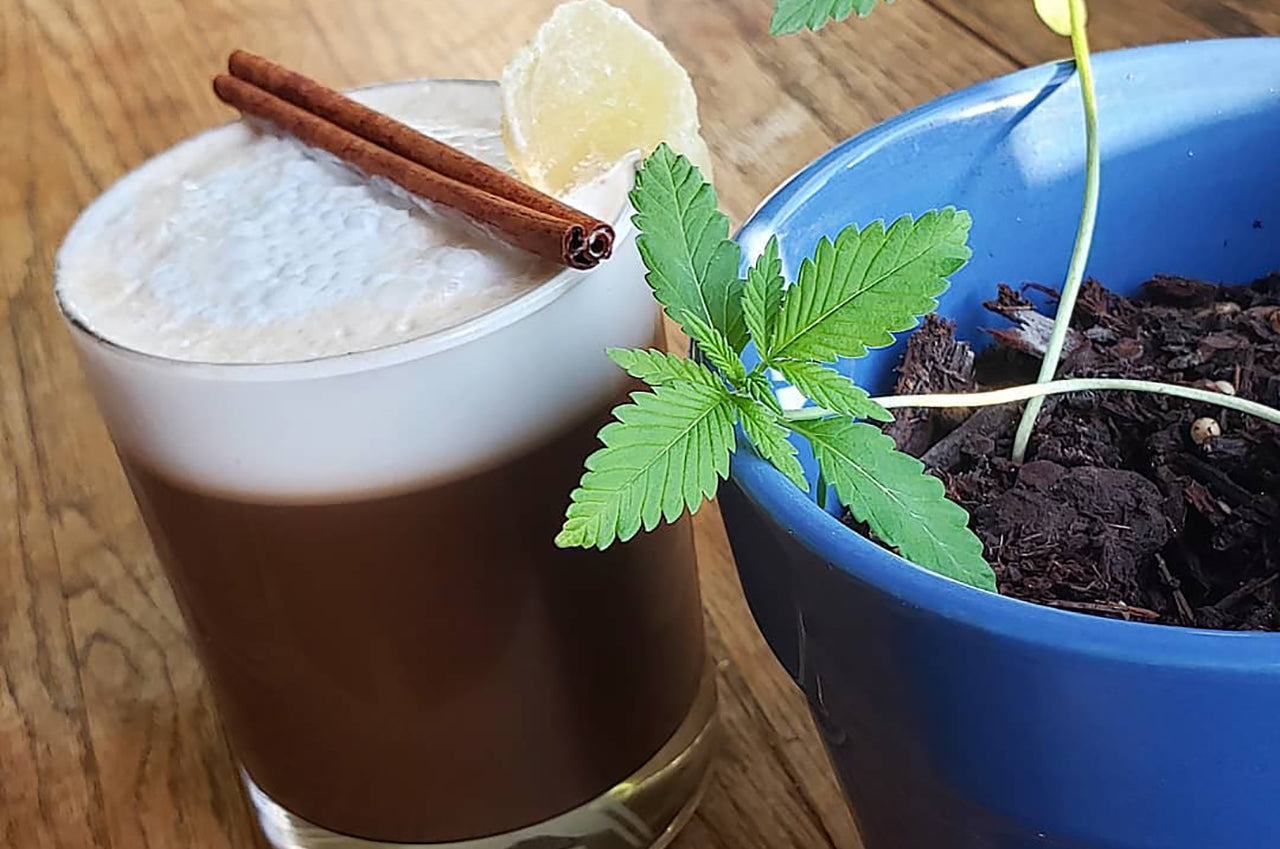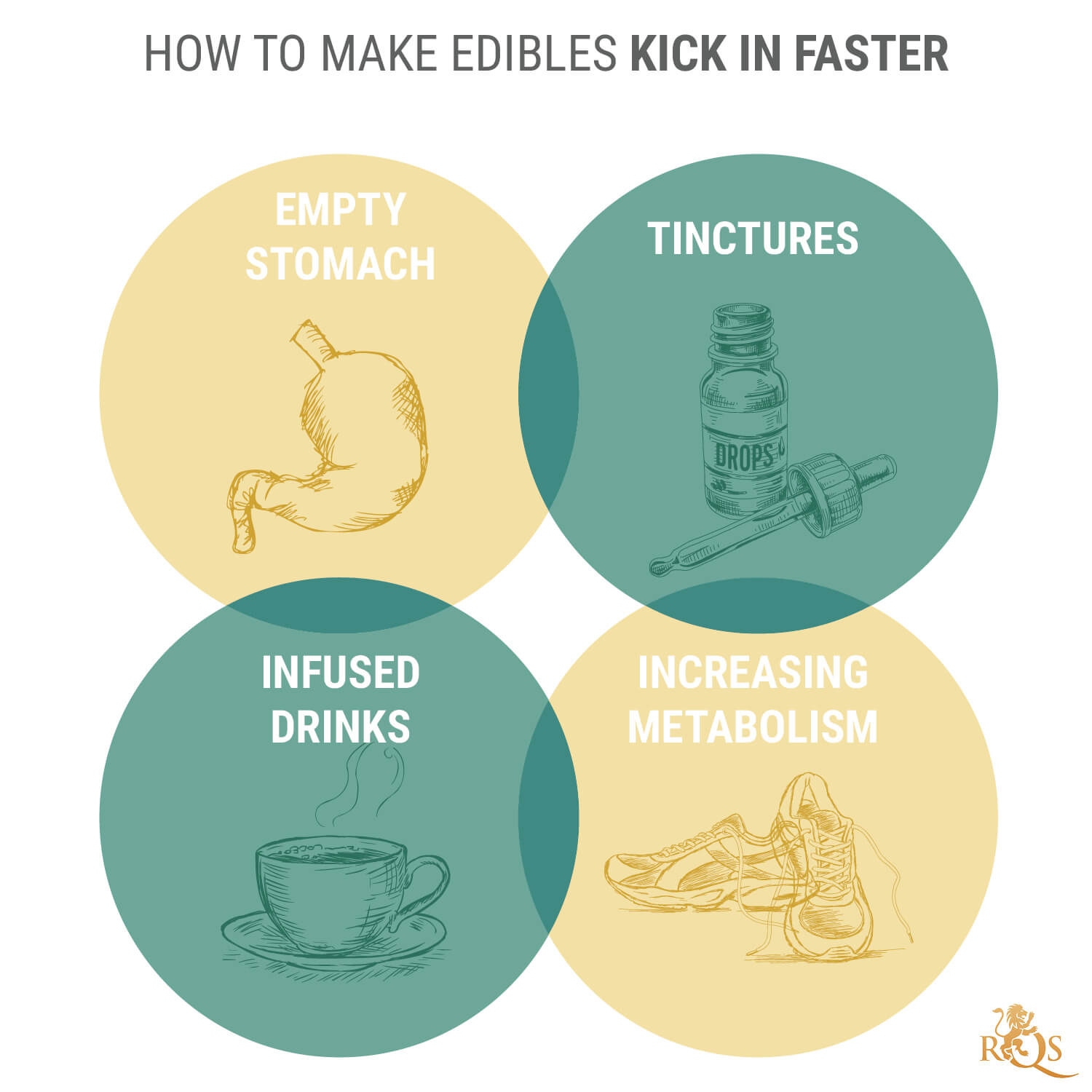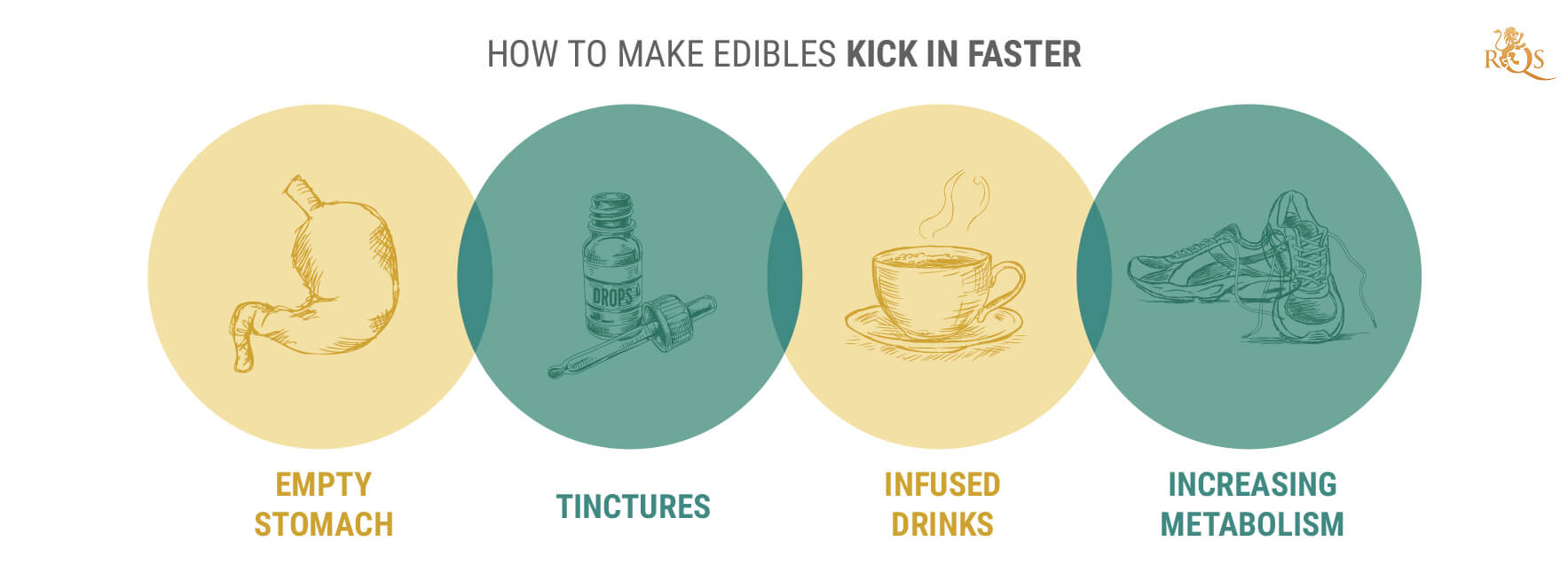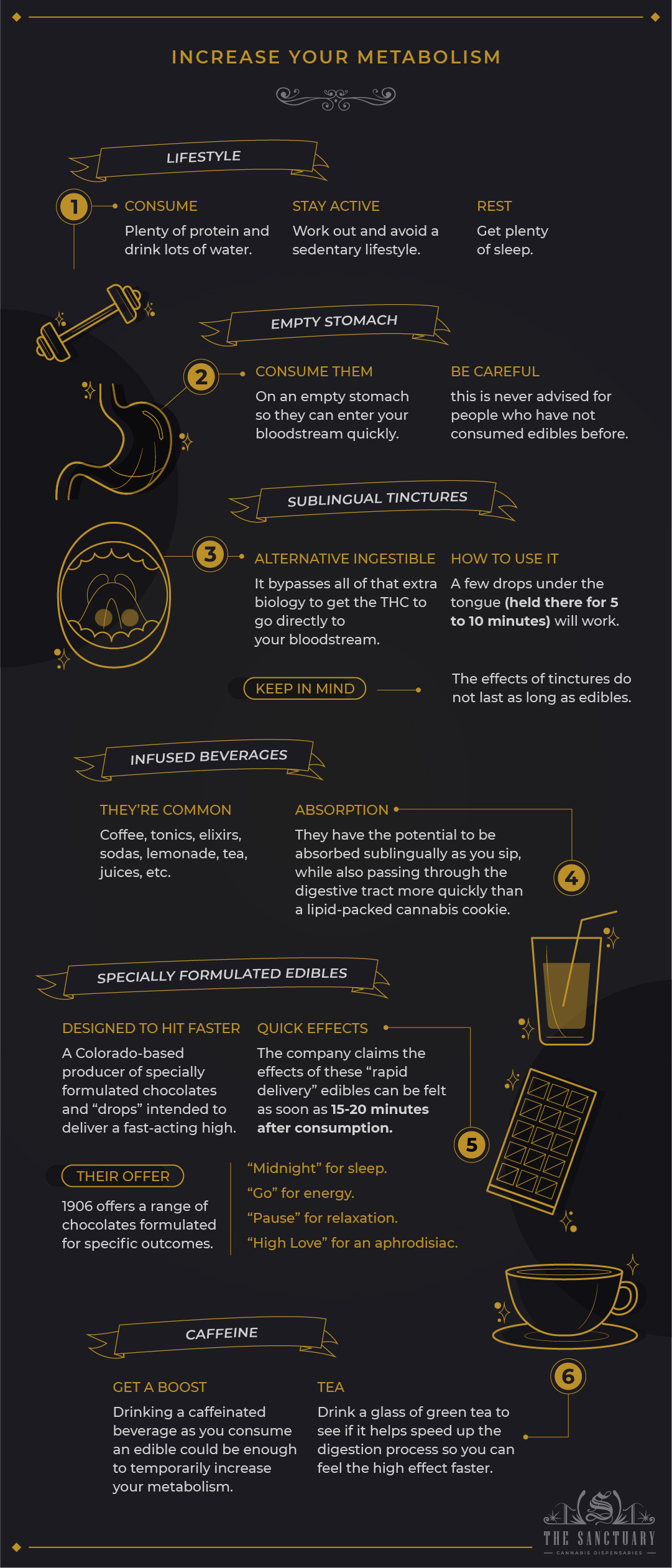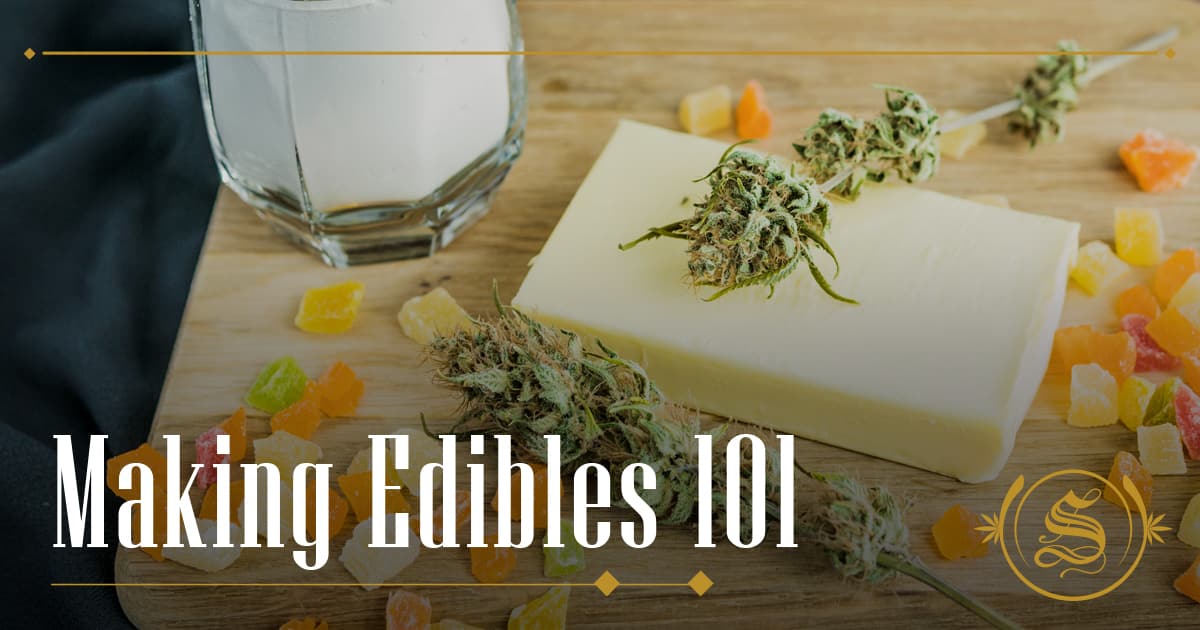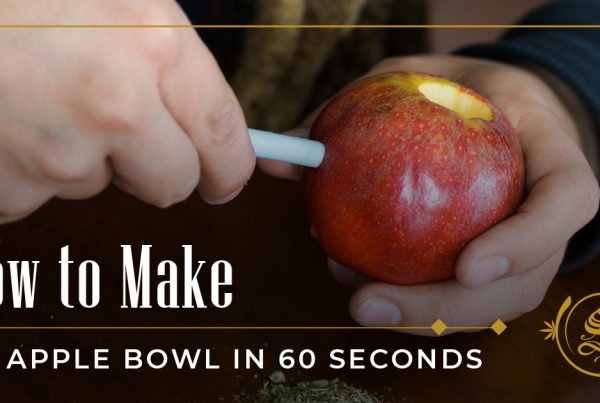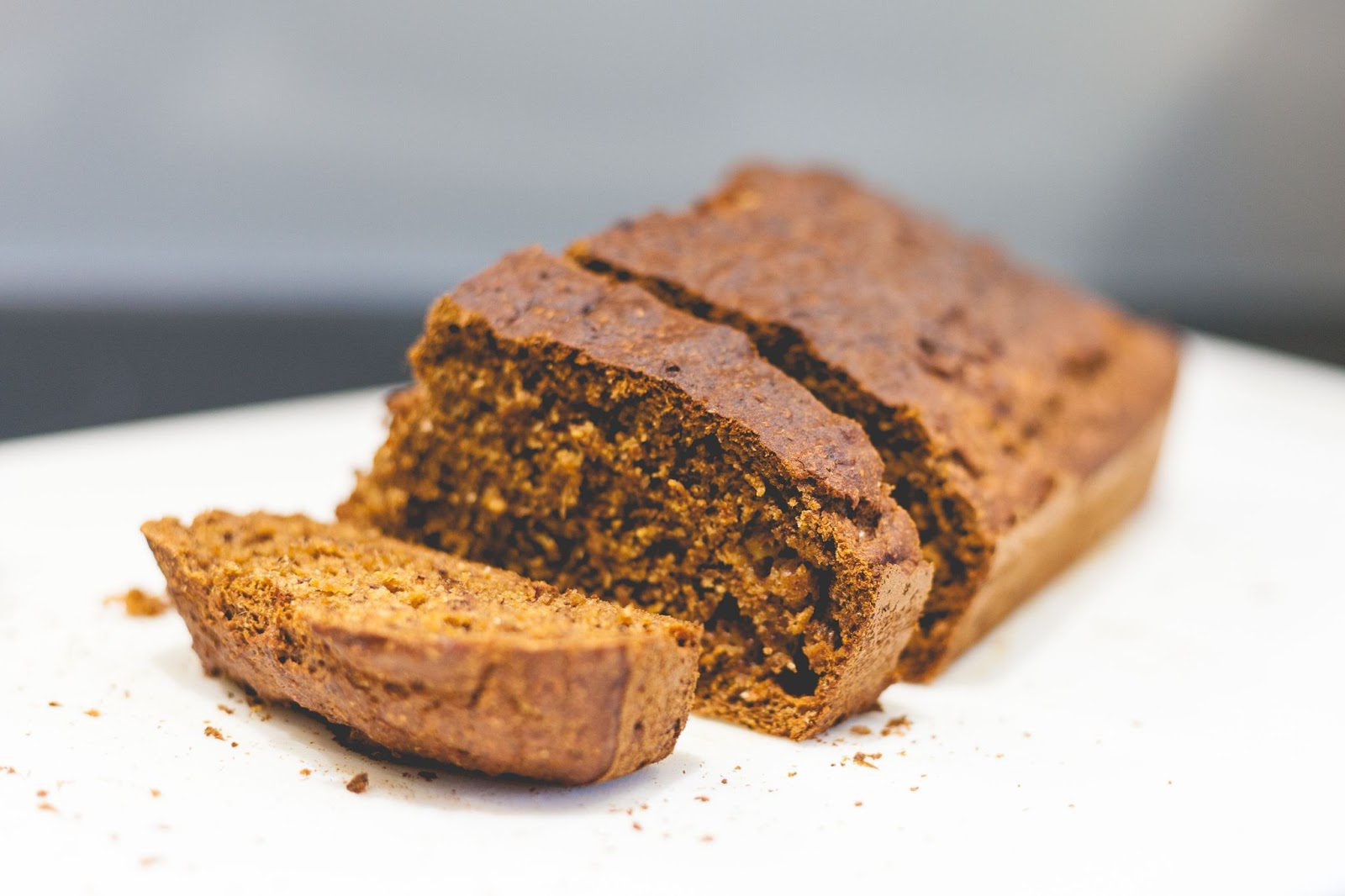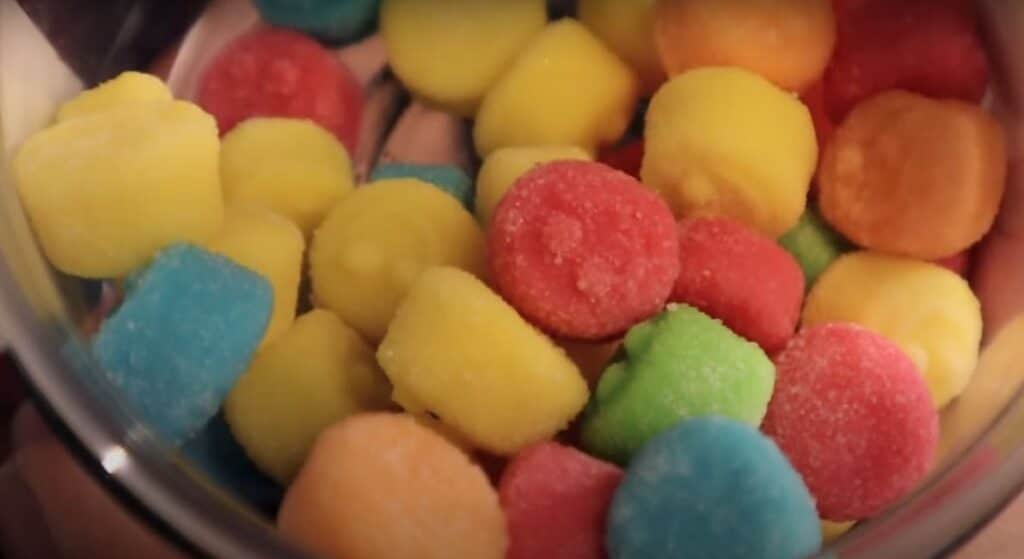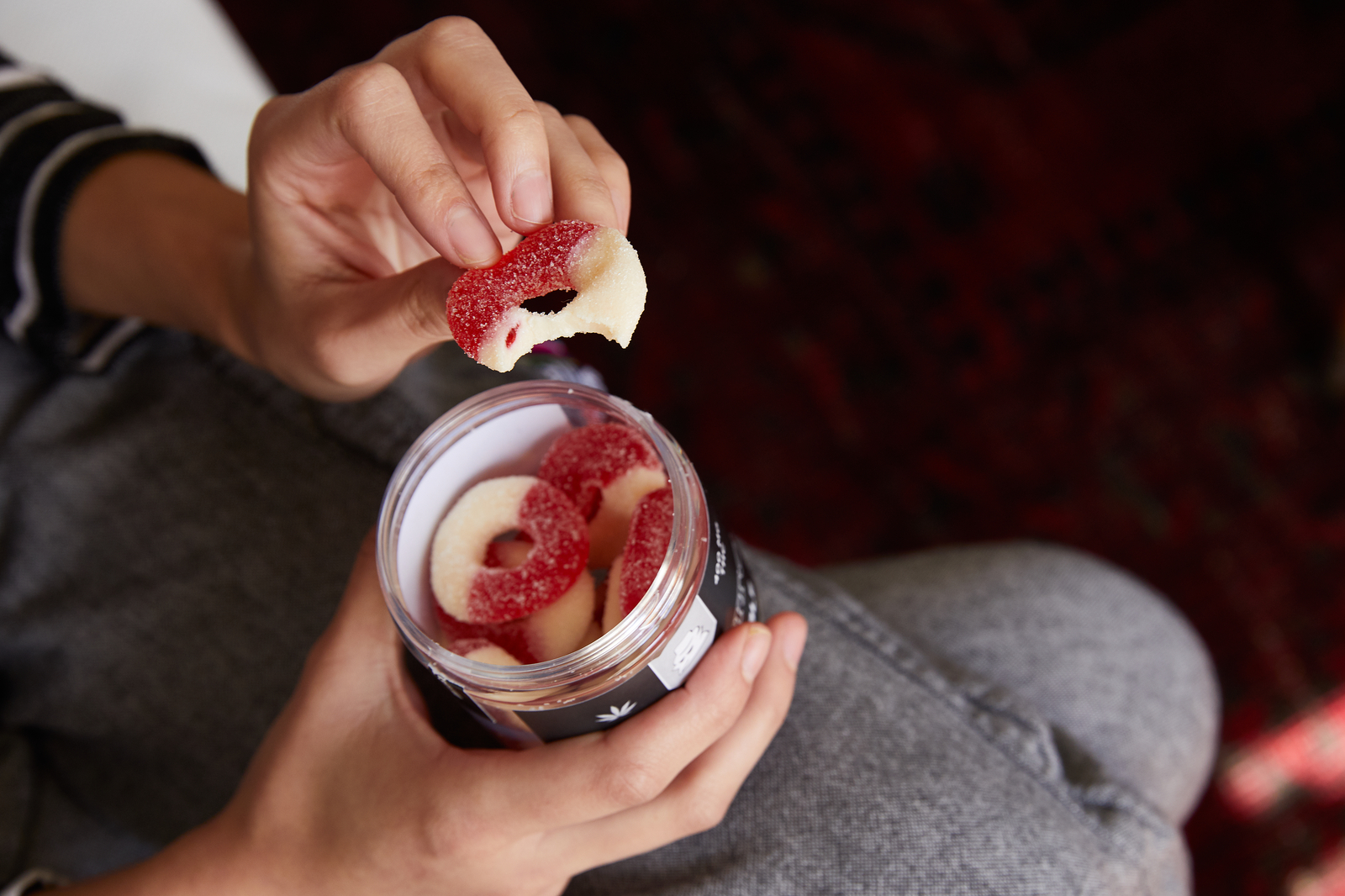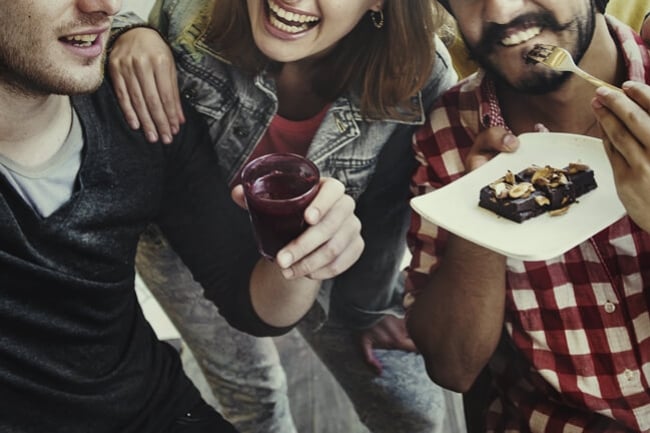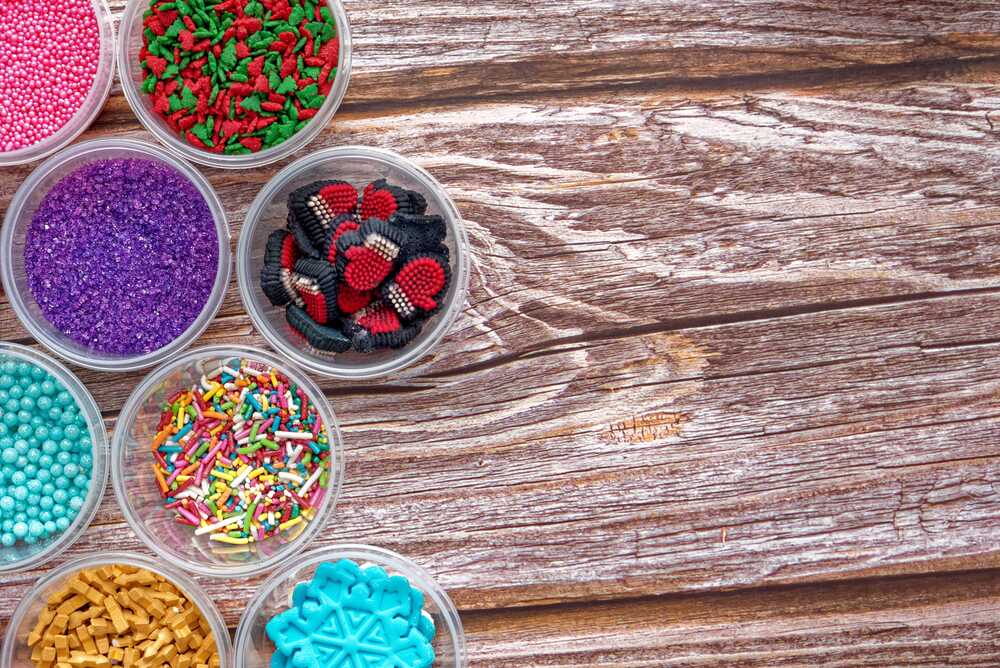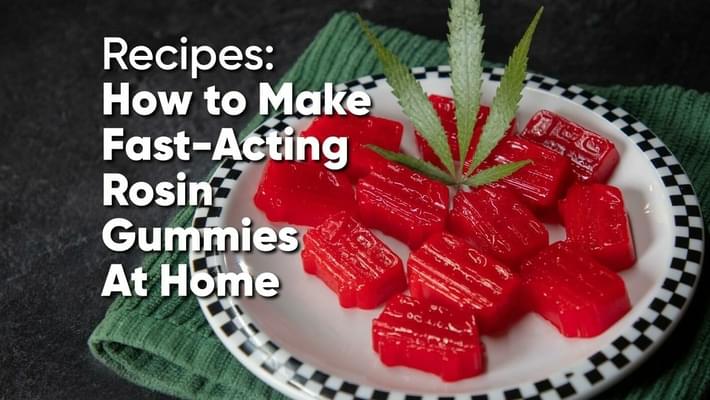How To Make Edibles Hit Hard
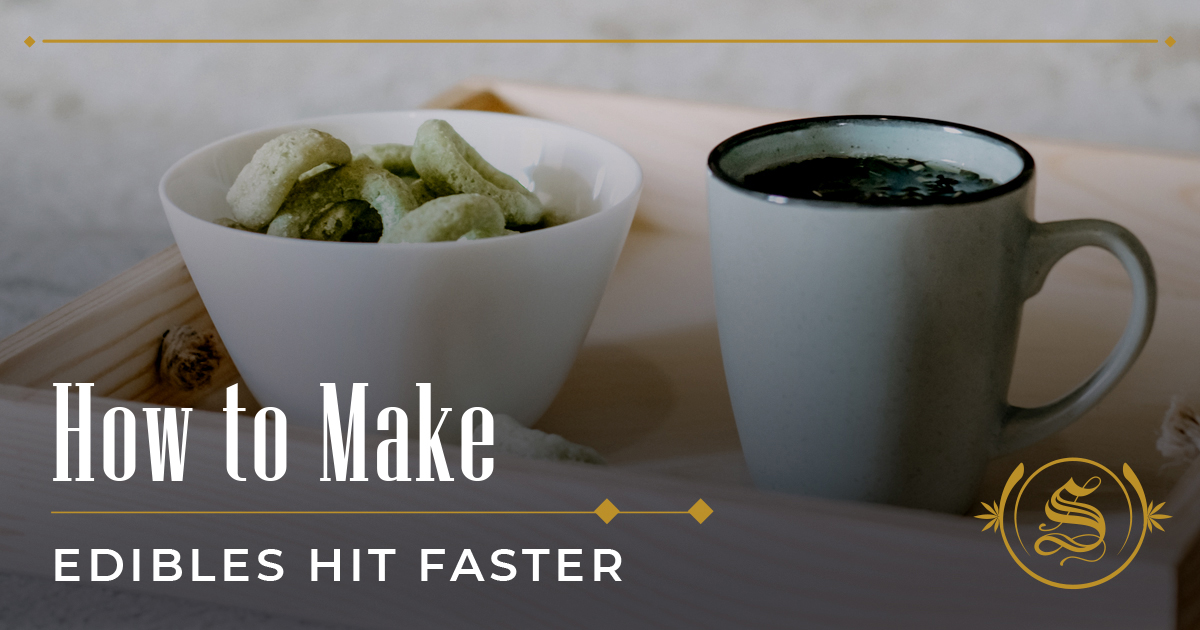
The increasing popularity of cannabis edibles has led to a surge in interest regarding their potency and effects. While some users seek a milder experience, others aim to maximize the impact of these infused treats.
Understanding the factors that influence the intensity of an edible experience is crucial for both consumers and the cannabis industry. This article explores the science behind edible potency and safe consumption practices.
Understanding Edible Potency
The primary factor determining the intensity of an edible’s effects is the dosage of tetrahydrocannabinol (THC), the psychoactive compound in cannabis. Regulations vary widely by jurisdiction regarding the allowed THC content in edibles.
For example, in some states, individual servings are capped at 10mg of THC, while others may permit higher amounts. Always check your local jurisdiction for specific regulations.
The delayed onset of effects distinguishes edibles from other consumption methods like smoking or vaping. When cannabis is smoked, THC enters the bloodstream rapidly via the lungs.
Edibles, however, are metabolized by the liver, converting THC into 11-hydroxy-THC, a more potent form of the compound. This process can take anywhere from 30 minutes to two hours, depending on individual metabolism, stomach contents, and other factors.
Factors Influencing the Edible Experience
Several factors can influence how strongly an edible affects an individual. Body weight plays a role, as individuals with lower body mass may experience more intense effects from the same dose.
Metabolism is also a significant factor. Individuals with faster metabolisms may process THC more quickly, potentially leading to a shorter, but more intense, experience.
Food consumption before or alongside edibles can also impact the high. Eating a meal with healthy fats before consuming an edible can enhance absorption of THC, potentially intensifying its effects.
Empty stomachs can lead to more unpredictable and often overwhelming experiences. A lack of food allows the edible to be absorbed quicker.
Individual tolerance to THC is another key determinant. Regular cannabis users often develop a higher tolerance, requiring larger doses to achieve the same effects as someone who consumes cannabis infrequently.
Optimizing Absorption and Potency (Safely)
While strategies to enhance edible absorption exist, safety should always be paramount. Never exceed recommended dosage guidelines and start with a low dose.
Some anecdotal evidence suggests that consuming edibles with foods rich in fats, such as avocados or nuts, may improve THC absorption. This is because THC is fat-soluble, meaning it binds more readily to fat molecules.
However, this can also lead to unpredictable results and increase the risk of overconsumption, if users underestimate how strong the edible is.
Another debated strategy involves consuming edibles sublingually, allowing the THC to be absorbed directly into the bloodstream through the capillaries under the tongue. This method bypasses the liver and potentially provides a quicker onset of effects.
However, the effectiveness of sublingual absorption depends on the formulation of the edible and the individual's physiology.
The Importance of Responsible Consumption
Given the delayed onset and potentially intense effects of edibles, responsible consumption is crucial. Start low and go slow is the mantra repeated throughout the cannabis community.
Begin with a low dose, such as 2.5mg or 5mg of THC, and wait at least two hours before considering taking more. Avoid redosing too quickly.
Patience is essential, as the effects of edibles can take considerable time to manifest. Avoid the temptation to consume more before feeling the initial effects.
Consumers should also be aware of the potential for adverse reactions, such as anxiety, paranoia, and impaired motor skills. It is advisable to consume edibles in a safe and comfortable environment and avoid operating heavy machinery or driving.
Furthermore, it is important to purchase edibles from licensed and reputable sources to ensure accurate dosage and product safety. Look for clear labeling and third-party testing results.
Regulatory Considerations
The legal landscape surrounding cannabis edibles is constantly evolving. As more states and countries legalize cannabis, regulators are grappling with issues related to potency, labeling, and child safety.
Some jurisdictions have implemented strict regulations regarding the appearance of edibles, prohibiting shapes and packaging that may be attractive to children. This is aimed at preventing accidental ingestion by minors.
Standardized testing and labeling requirements are also becoming increasingly common, ensuring that consumers have accurate information about the THC content and potential effects of edibles.
Looking Ahead
As research on cannabis edibles continues, a deeper understanding of their pharmacology and effects is emerging. This knowledge will inform best practices for responsible consumption and contribute to the development of safer and more predictable products.
Further research is needed to fully elucidate the factors that influence edible potency and individual responses. This research will also help develop strategies for minimizing the risk of adverse reactions.
Ultimately, informed consumers and responsible regulations are essential for ensuring that cannabis edibles are consumed safely and effectively.
